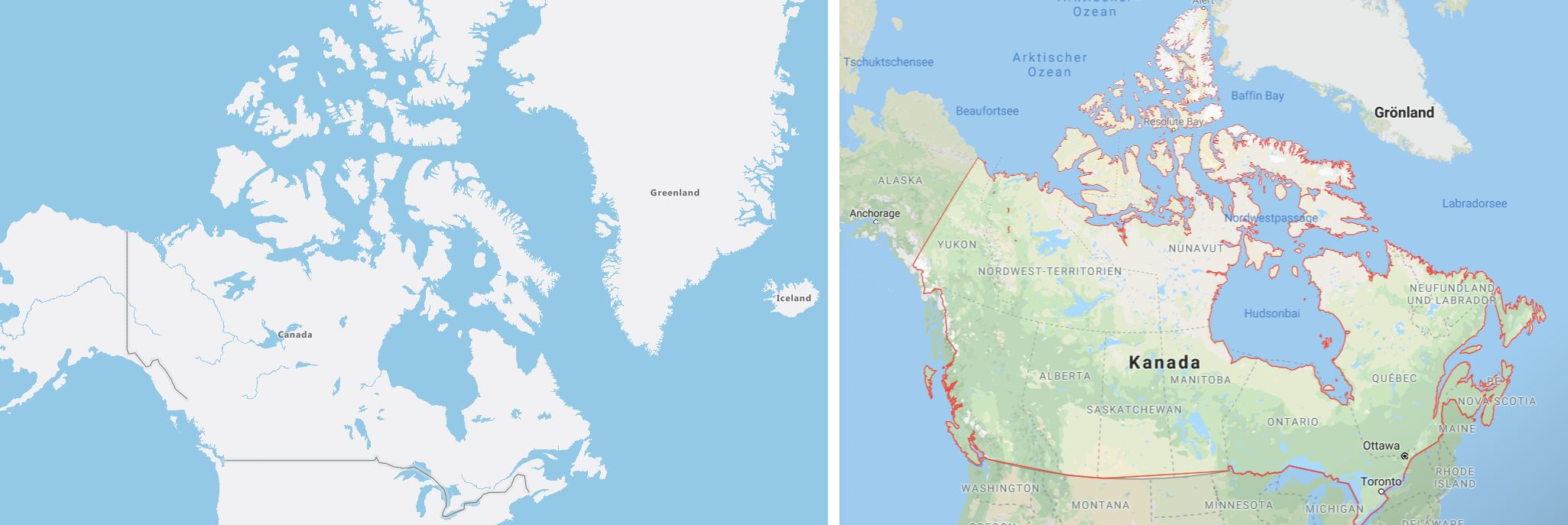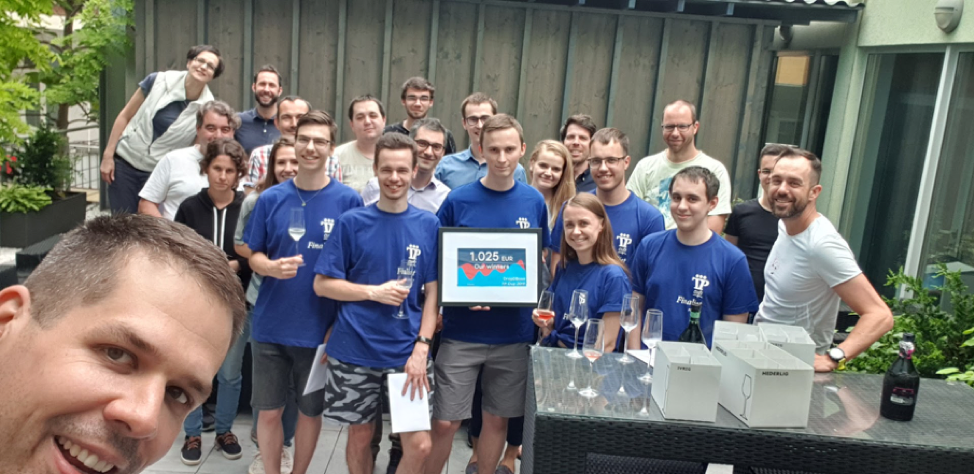
Meet Instarea: The Slovakian startup that is helping major telcos monetize their big data
Telecommunications companies probably have petabytes of information about their customers – location records, meta data about calls and much more. If structured properly (and data privacy handled correctly), this data can be quite valuable.
This is where Instarea, the Bratislava based startup comes into the picture. Instarea is a big data monetization company which through its Market Locator solution helps major telcos monetize their big data and provide it to internal marketing as well as 3rd party businesses and the public sector for location intelligence, risk scoring or targeted marketing. We interviewed Matej Misik from Instarea on #TheNextGeo series to learn more about their business, their tech stack and their vision for the future. Read on!
Q1: Matej, thank you for taking the time! Let’s dive right in! You were working at a consulting firm before you decided you decided to cofound Instarea. While it’s easy to connect the dots today looking backward; What motivated you to take the leap of faith and start your own company?
At the time it actually didn’t seem as such a leap of faith. It was about taking the insights and knowledge we had from consulting in the telco / banking industries, and rather than “just” offering consulting services we decided to build a product of our own.
Q2: Instarea’s main business involves monetizing telecommunication data. Why telecom data? What made you believe that this is a problem area for big telecom companies?
This comes back to our background in telco. Our very first product was called Callinspector, which was a telecom expense management software. While, by now, we stopped developing Callinspector, it gave us a deep understanding of telco data and a very useful network in the industry in Slovakia. This proved invaluable for our eventual pivot towards Market Locator, which is currently our primary focus. It uses telco data for location intelligence, targeted marketing and FinTel API scoring for banks.
Now, back to your question, telco data are probably the most valuable (single sector) data for population analytics and targeted marketing, plus they have strong potential for fintel scoring or various smart city solutions. Most people have their phones with them most of the time. What we thus focused on, and what many telcos lack, is a self-service platform which allows smaller clients to individually launch a targeted campaign or analyze insights from telco data. All this without exposing our privacy and that of individual telco service users.
To maybe put it into perspective – a telco typically has monthly average revenue per user (ARPU) in the ballpark of 5 to 50 EUR. Facebook generates advertising revenue of 1 to 10 EUR / user / month. A proper data monetization approach could have the potential to increase a telco’s ARPU by up to 20%.
Q3: Today, you work together with the likes of Deutsche Telekom, Orange and O2. Telecom companies aren’t necessarily known for their risk-taking. How difficult was it to convince them and get access to their data as a startup?
Definitely wasn’t easy 😊. However, with our consulting background we had a good “name” among the telcos and from the beginning we were very clear, it is not about giving us (or anyone else for that matter) access to their customer’s data. Our architecture focuses on anonymizing and aggregating the data within the infrastructure of the telco on a back-end before feeding the front-end in the public domain with purely statistical aggregated data insights. We understand and appreciate this concern for privacy, which is also one of our main priorities, as we too are a telco’s customers at the end of the day 🙂 And for telcos, once they understand their customer data is secure and they see the size of its monetization potential, the talks usually move forward.
Also, it very much varies from telco to telco and there are large regional differences in what is perceived as challenging. Yet, unsurprisingly, for many of them outside regulations, like GDPR, together with internal data policies or concerns with internal IT deliverability are perceived as the main challenges. As we have done deployments in multiple countries (also within the EU & it’s GDPR sphere of influence) with several telcos we have seen & been able to overcome these hurdles. For instance, in Slovakia where we have connected all three largest telcos into one data platform or in Saudi Arabia where we cooperate with the largest telco in the region – STC.
Q4: Do you see GDPR as a limiting factor or did it simplify your legal framework, actually enabling you to clearly define the boundaries? How does Instarea ensure location data privacy?
Both, telcos and we at Instarea, have to take GDPR as well as the general public perception of data privacy very seriously. In this light we designed the architecture of Market Locator to maintain strict separation between where personal data is stored & processed, based on what consent and where only anonymized and aggregated statistics are available for customers in a public front-end.
Even with this “security by design” setup European telcos tend to be sensitive about any topic which may have an impact on their GDPR compliance or public perception for that matter. On the other hand, GDPR has created an opportunity for telcos as they are one of the few industries which has been collecting consents from customers and additionally where customers tend to extend their contracts on a bi-yearly basis. This provides them with ample opportunity to explain the benefits of providing consent and thus increases the value stored in the data they have.
Q5: Your main product “Market Locator” is aimed at targeted mobile marketing. In a sense, it sounds like Google adwords for location-based marketing. Is that a fair observation?
That is a very fair observation and it was one of the conception ideas when we were designing Market Locator. We really liked how the online giants made powerful marketing tools available in self-service for businesses small & large. The way Market Locator is set up is an end-customer chooses their targeting or analysis criteria, such as age, gender or frequency of travelling abroad. Based on these criteria the customer can either deliver location based targeted marketing to this group of selected people directly through e.g. SMS or MMS, or they can make generate a location intelligence / population analytics report. So, to extend – not just Google Adwords, but also Google Analytics, but for the physical world.
Q6: Taking location data from telecoms and turning it into the “Google Analytics” for the physical world sounds simple on paper but what were some of the major engineering challenges in building such a platform?
Initially it was about creating an architecture with which a telco is comfortable – that keeps individual sensitive data completely in the infrastructure and in the control of monetizing parties. This requires us to create the anonymized & aggregated “data layers” I mentioned earlier, which are basically cartesian products of enormous data sets (creating even more massive data sets 😊). Some of the data layers we create on a daily basis contain 50 billion data rows.
Another interesting challenge was when we wanted to start utilizing real-time data from telco tower signaling. To explain – telco data typically gets processed once a day in a batch processing in the enterprise data warehouse, or EDW, after which Market Locator updates the data insights in the platform. For some cases day-1 data is not sufficient, and for these we need to process what is going on within the network in real-time. This means processing 10s of thousands of events every second and making a decision about what to do with such an event. This was quite an engineering challenge. I guess the list of challenges could go on & on 😊.The fact we had to build our own new GPU driven database from scratch, because nothing was quite fast & complex enough, says a lot.
Q7: What does your tech stack look like? Could you maybe give me a bit of insight?
As I mentioned earlier, since our back-end has to be implemented within telcos we reply on robust corporate Microsoft technologies for the core: MS SQL 2016+, .NET + Angular, for some custom data science usually R & Python and then obviously a bunch of further bits & pieces. With some of the technologies we have come to their limit in terms of speed, especially for complex polygonal calculations. For these we have developed the aforementioned proprietary GPU powered data-base called TellStory DB (what is pretty cool is that TellStory DB itself is currently the fastest for polygonal calculations in the world, according to our benchmarks). We work quite a bit with universities (Natural Sciences of Comenius University, Slovak Technical University) so quite a bit of the tech stack and methods then comes from these students & their need to try new things 😊.
Q8: Targeted mobile marketing is your main business area today. What does the future hold? Where do you see Instarea 3 years from now?
We believe the big data is the business of the future and so we are throwing all our weight behind Market Locator. We are working on our business development and in three years Market Locator will be helping telcos provide & monetizing data in a number of new countries. Active talks are currently underway in countries on three continents
We are also developing the aforementioned GPU database which will not only be used to improve our current offering (and enable us to confidently handle the data in telcos even exceeding 100mio subscribers). In its current form, it is already the fastest GPU database working with complex polygons in the world. Our engineering team has recently secured a second place in a tech competition with it, so there are also plans to have this as a standalone offering. An open-source version is cooking, so your readers can look forward to being able to use it privately soon.
Q9: You are based out of Bratislava, Slovakia. How is the startup scene? Is it easy to raise funds and attract talent?
Slovakia is a good place to be as a start-up. There are several international start-ups, such as Sli.do or Exponea and it is the headquarters of Eset and Sygic. The tech industry in Slovakia is booming and we are lucky to be part of it.
There are several good technical universities which produce many talented people. Moreover, Bratislava has a prime location in proximity to Vienna and Budapest. With our focus on telco, Slovakia is also a good playground – sophisticated telcos, limited size, standard EU regulation = ideal for validating our ideas without prohibitive technical cost.
Q10: What’s your advice to budding geo-entrepreneurs wanting to build their own business?
Get in touch with us to get early access to the fastest database for complex polygon operations 😉
But seriously, I believe you are in the right area of business, reliance on geo data, mapping, movement behavior is becoming essential both in business as well as the public sector. It will take educating – both businesses as well as the public sector – but that is where geoawesomeness is lending a big hand.
Q11: Any closing comments to our readers?
We love interacting with geo-entrepreneurs and fans. Join our Strava Intarea Bikers Lounge or Strava We run Instarea clubs, follow our parties on Instagram and read our thoughts on Facebook. Ow, and hope to see some of you at the Telco AI Summit in Kuala Lumpur, where I will be talking about the monetization of data at telcos.
The Next Geo is supported by Geovation:
 Location is everywhere, and our mission is to expand its use in the UK’s innovation community. So we’re here to help you along your journey to success. Get on board and let’s start with your idea…
Location is everywhere, and our mission is to expand its use in the UK’s innovation community. So we’re here to help you along your journey to success. Get on board and let’s start with your idea…
Learn more about Geovation and how they can help turn your idea into reality at geovation.uk
About The Next Geo
The Next Geo is all about discovering the people and companies that are changing the geospatial industry – unearthing their stories, discovering their products, understanding their business models and celebrating their success! You can read more about the series and the vision behind it here.
We know it takes a village, and so we are thrilled to have your feedback, suggestions, and any leads you think should be featured on The Next Geo! Share with us, and we’ll share it with the world! You can reach us at muthu@geoawesomeness.com or via social media 🙂

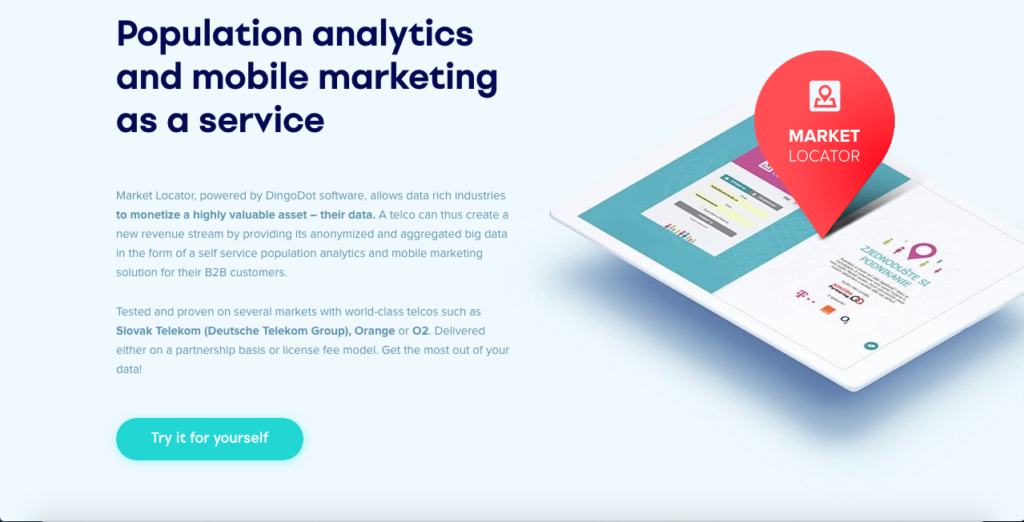
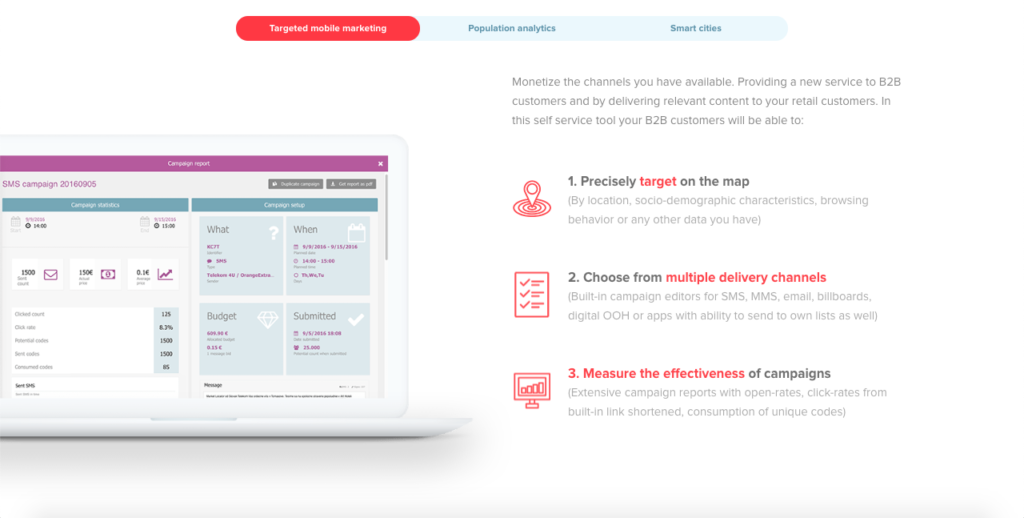



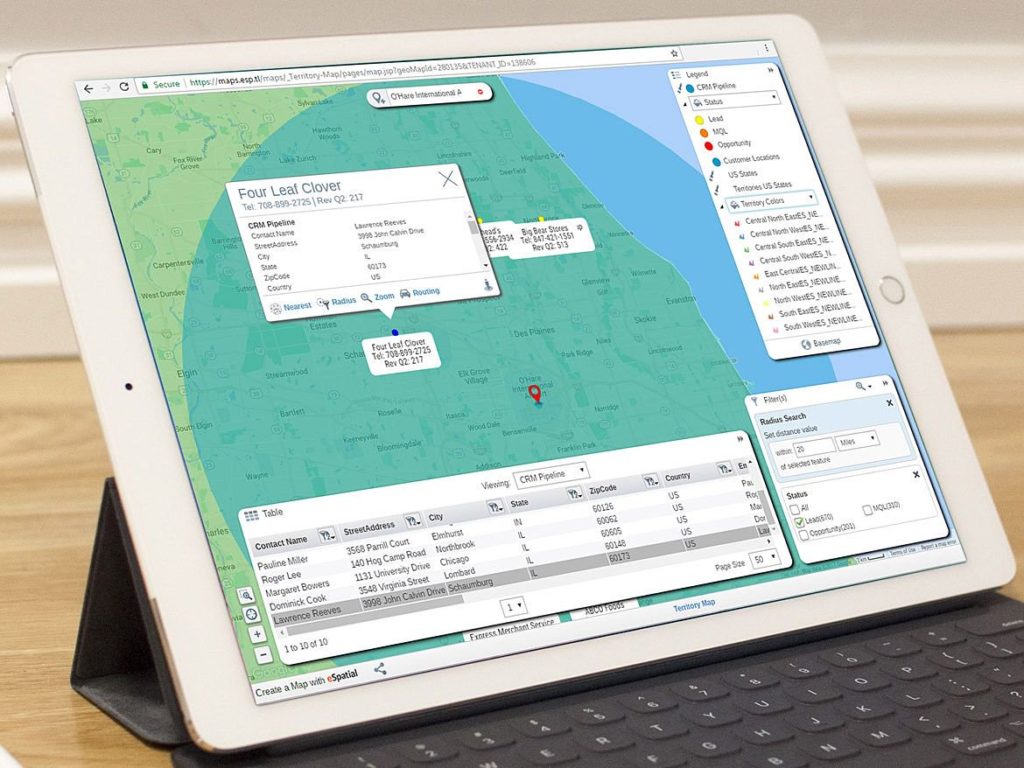
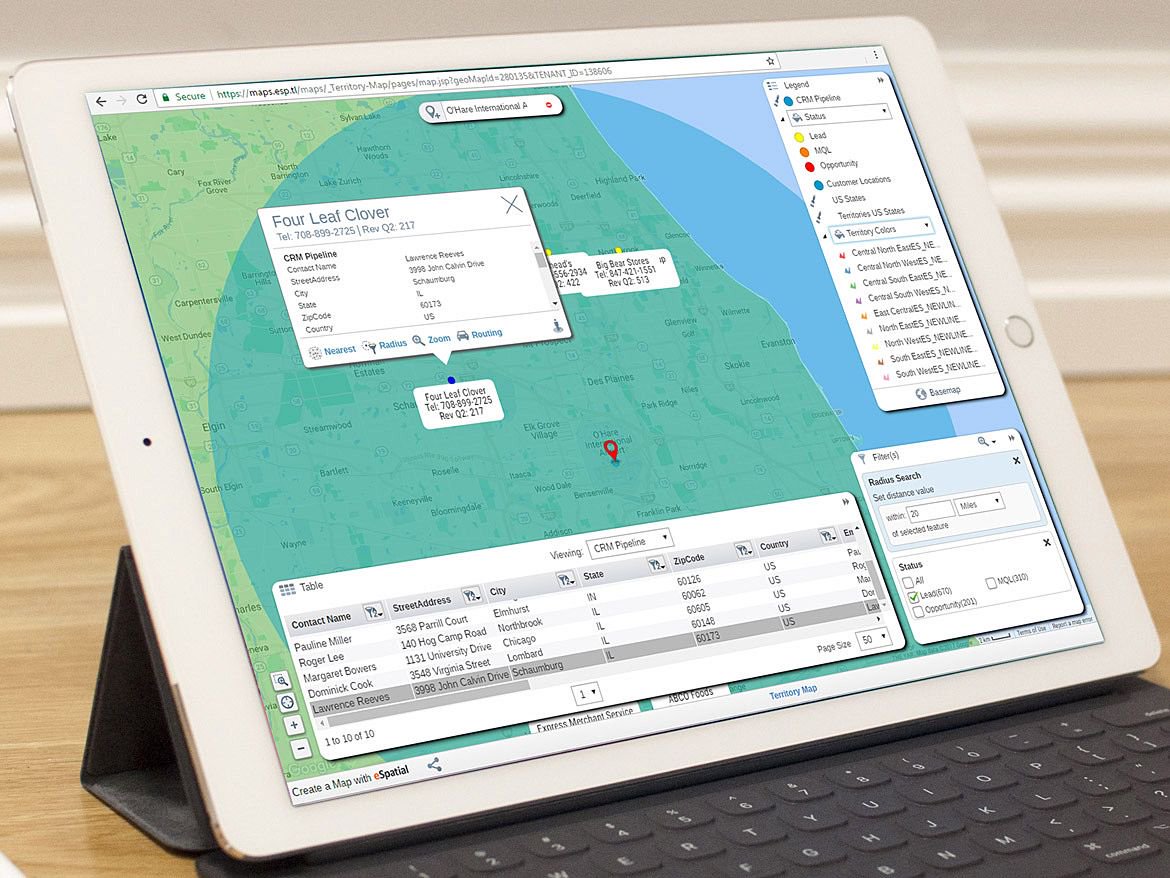
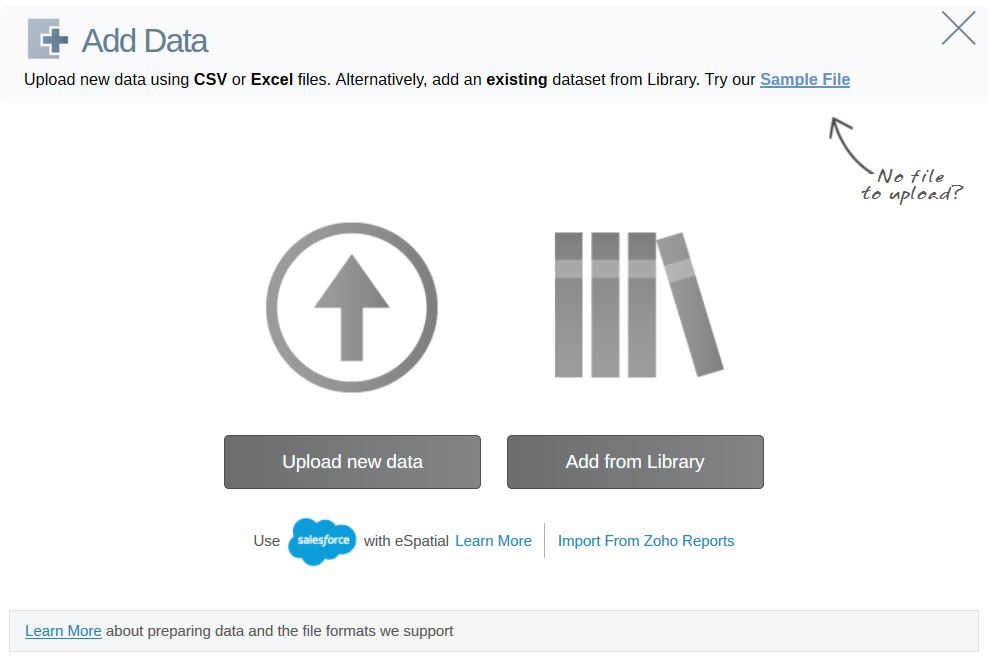 For those on a paid plan, eSpatial offers over 100 third party
For those on a paid plan, eSpatial offers over 100 third party 
